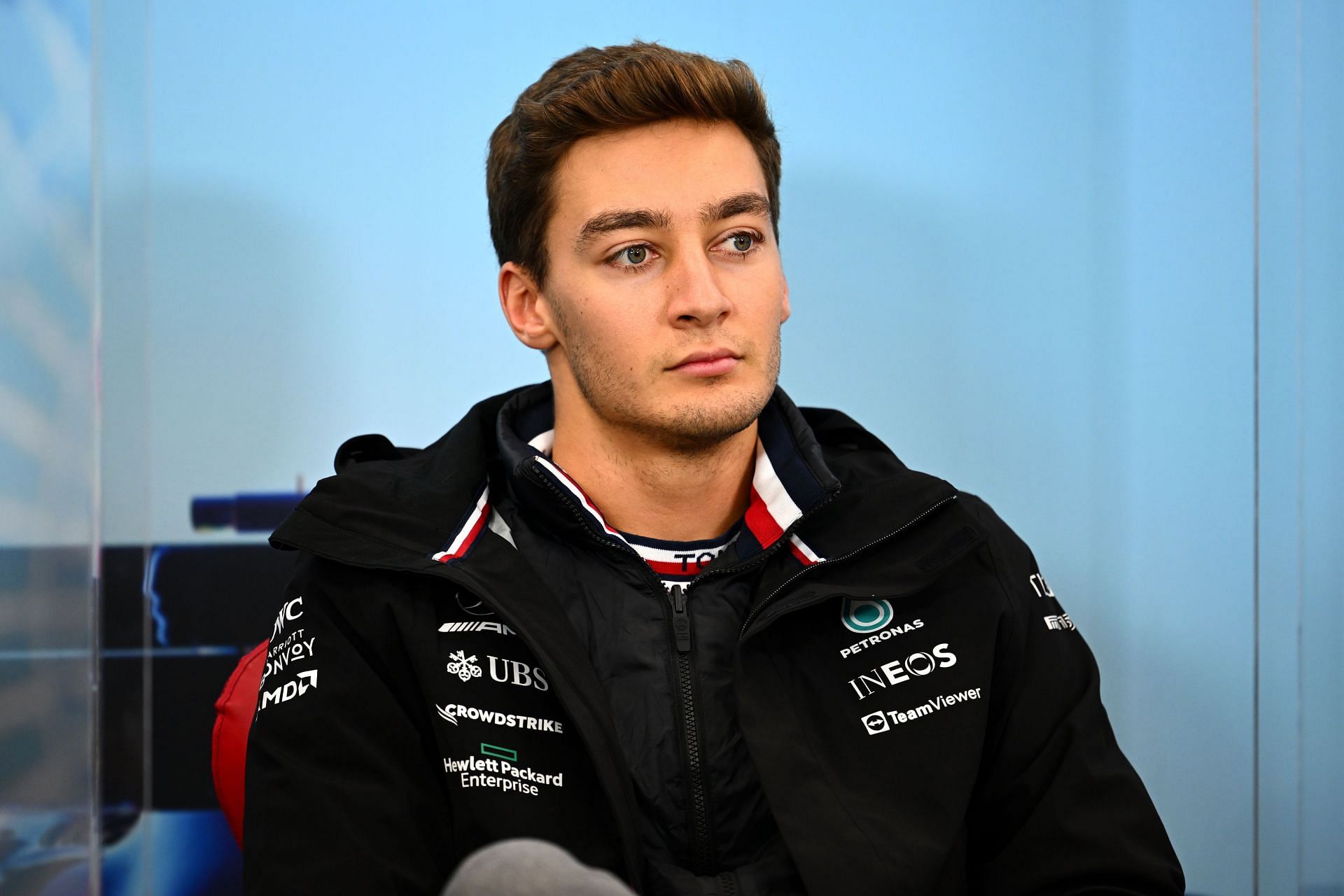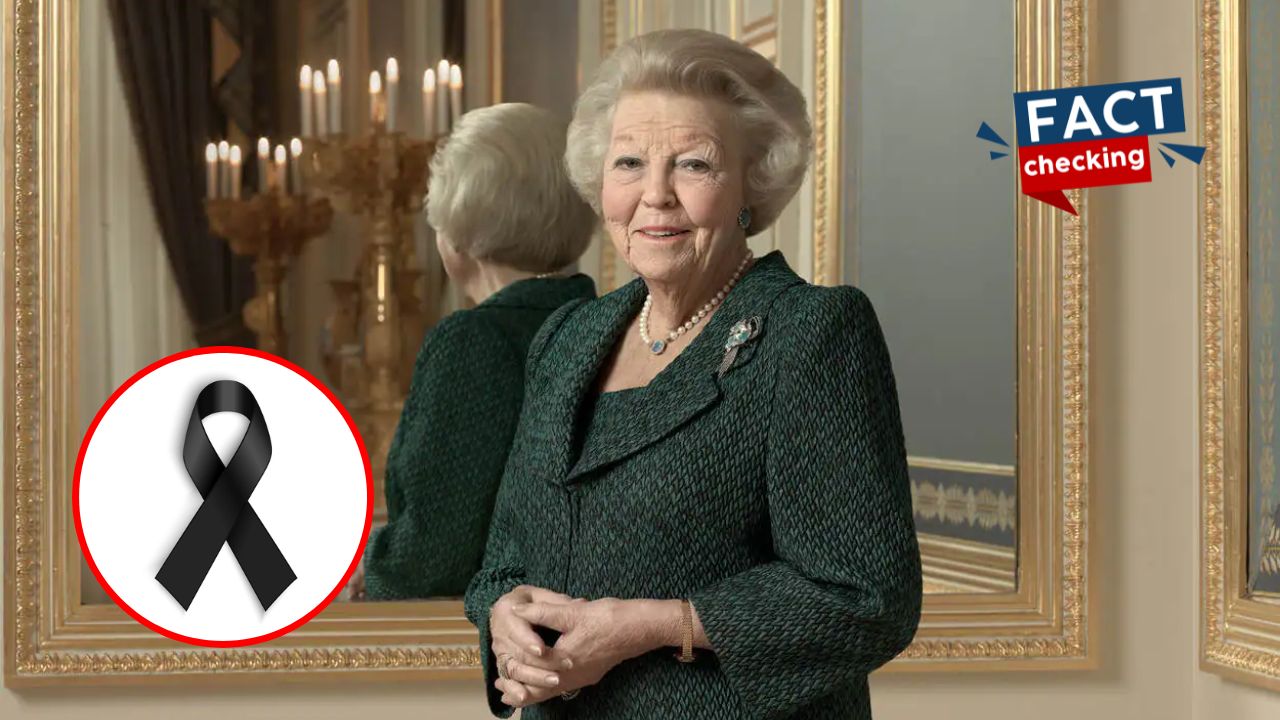Analyzing George Russell's Solution To Mercedes' Performance Issue

Table of Contents
Russell's Driving Style: Adapting to the W14's Limitations
George Russell's driving style played a crucial role in maximizing the W14's limited potential. Unlike Hamilton's often aggressive approach, Russell prioritized a more measured and calculated style.
Smoothness and precision over aggressive driving.
- Minimizing car instability: Russell's smooth inputs helped counteract the W14's tendency to be unpredictable, especially during corner entry and exit. This resulted in more consistent lap times and reduced the risk of costly errors.
- Maximizing tire life: His smoother driving style helped preserve tire life, a critical factor in maximizing performance across a race distance. This was particularly important given the W14's sensitivity to tire degradation.
- Consistent lap times: Data analysis showed Russell consistently delivering more consistent lap times compared to Hamilton, indicating a better understanding of the car's limits and a more predictable driving style. This consistency was key to securing points even when the car wasn't performing optimally.
The contrast with Hamilton's more aggressive style is stark. While Hamilton's style often yielded spectacular overtakes, it also came with a higher risk of errors and increased tire wear, often hindering overall race performance. Russell's methodical approach provided a more reliable path to points.
Data-driven approach to setup and feedback.
- Close collaboration with engineers: Russell actively engaged with the engineering team, providing detailed feedback based on his on-track experiences.
- Detailed analysis of telemetry data: He meticulously analyzed telemetry data to identify areas for improvement in car setup and driving technique.
- Proactive adjustments: He wasn't passive in his approach; he proactively suggested adjustments and setup changes based on his analysis.
Russell's role went beyond simply driving the car; he was an integral part of the development process, providing invaluable feedback that helped the team iteratively improve the W14's performance. His proactive approach to data analysis and his willingness to collaborate closely with engineers set him apart.
Technical Contributions: Identifying and Addressing Setup Issues
Beyond his driving style, Russell's technical contributions were instrumental in improving the W14's performance. His insights helped the team address key setup issues and optimize the car's potential.
Focus on optimizing aerodynamic balance.
- Understanding the impact of downforce and drag: Russell understood the complex interplay between downforce and drag on overall pace and meticulously analyzed data to find the optimal balance.
- Finding the sweet spot: His feedback helped the team fine-tune the aerodynamic setup, reducing the car's sensitivity to track conditions and maximizing its performance across various circuits. This showed a deeper understanding of the car's aerodynamic characteristics.
His understanding of aerodynamic principles proved crucial in helping the team find the right balance, making the W14 less sensitive to changing conditions and ultimately faster.
Tire management strategies.
- Consistent driving to preserve tire life: Russell implemented consistent driving techniques throughout the race to avoid excessive tire wear.
- Optimizing tire pressures: He worked closely with engineers to optimize tire pressures for different track conditions and race strategies.
- Predictive tire degradation modelling: He helped the team refine their tire degradation models, allowing for more accurate predictions and informed strategic decisions during races.
Data showed that Russell consistently achieved better tire management than Hamilton, leading to improved race pace and strategic advantages.
The Psychological Aspect: Mental Fortitude and Adaptability
Russell's contributions extended beyond the technical realm. His mental fortitude and adaptability played a significant role in the team's overall performance and morale.
Maintaining morale and motivation within the team.
- Positive attitude: Even in the face of adversity, Russell maintained a positive attitude, fostering a sense of optimism and encouraging his team.
- Providing constructive criticism: He offered constructive criticism, providing valuable insights without undermining team morale.
- Fostering a collaborative environment: His collaborative approach created a positive and supportive environment within the team, leading to improved communication and problem-solving.
His leadership and positive attitude were crucial in maintaining team morale during a challenging season.
Resilience in the face of adversity.
- Consistency in performance despite car limitations: Russell consistently performed at a high level even when the W14 was significantly underperforming compared to its rivals.
- Learning from setbacks: He actively sought to learn from setbacks and apply these lessons to future races.
- Adapting to changing conditions: He proved adept at adapting his driving style and strategies to varying track conditions and unforeseen challenges.
Russell's resilience was a key factor in Mercedes' ability to overcome its struggles and gradually improve performance throughout the season.
Conclusion: Understanding the "George Russell Mercedes Performance" Approach
George Russell's contributions to Mercedes' performance improvement in 2023 extended far beyond his raw speed. His refined driving style, proactive technical contributions, and positive psychological influence were all critical elements in navigating the team's challenges. His data-driven approach, masterful tire management, and exceptional adaptability provided invaluable insights into improving the W14 and maximizing its potential. Understanding the "George Russell Mercedes Performance" approach offers crucial lessons for team strategies and driver development in Formula 1. Further analysis of his techniques and the team's responses will be crucial in understanding the evolution of Mercedes' performance going forward. By studying his methods, other teams and drivers can gain valuable insights into optimizing performance even with imperfect machinery. The key takeaway is that a holistic approach, combining technical skill, strategic thinking, and mental resilience, is vital for success in Formula 1.

Featured Posts
-
 The Rise Of Alternative Couriers In Response To Canada Posts Challenges
May 25, 2025
The Rise Of Alternative Couriers In Response To Canada Posts Challenges
May 25, 2025 -
 Eddie Jordan Ultima Hora Sobre Su Fallecimiento
May 25, 2025
Eddie Jordan Ultima Hora Sobre Su Fallecimiento
May 25, 2025 -
 Aufstiegsstimmung Beim Hsv Zwischen Hafengeburtstag Und Roland Kaiser
May 25, 2025
Aufstiegsstimmung Beim Hsv Zwischen Hafengeburtstag Und Roland Kaiser
May 25, 2025 -
 Ai Stuwt Relx Groei Sterke Resultaten Ondanks Zwakke Economie
May 25, 2025
Ai Stuwt Relx Groei Sterke Resultaten Ondanks Zwakke Economie
May 25, 2025 -
 Arrest In Deadly Myrtle Beach Hit And Run Case
May 25, 2025
Arrest In Deadly Myrtle Beach Hit And Run Case
May 25, 2025
